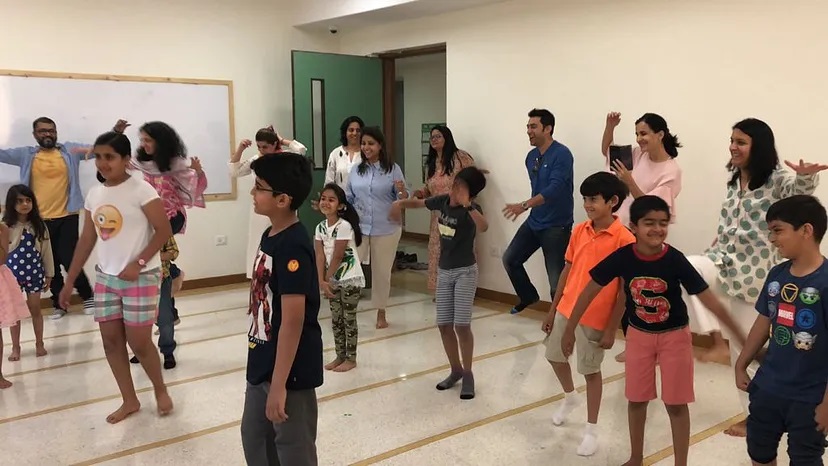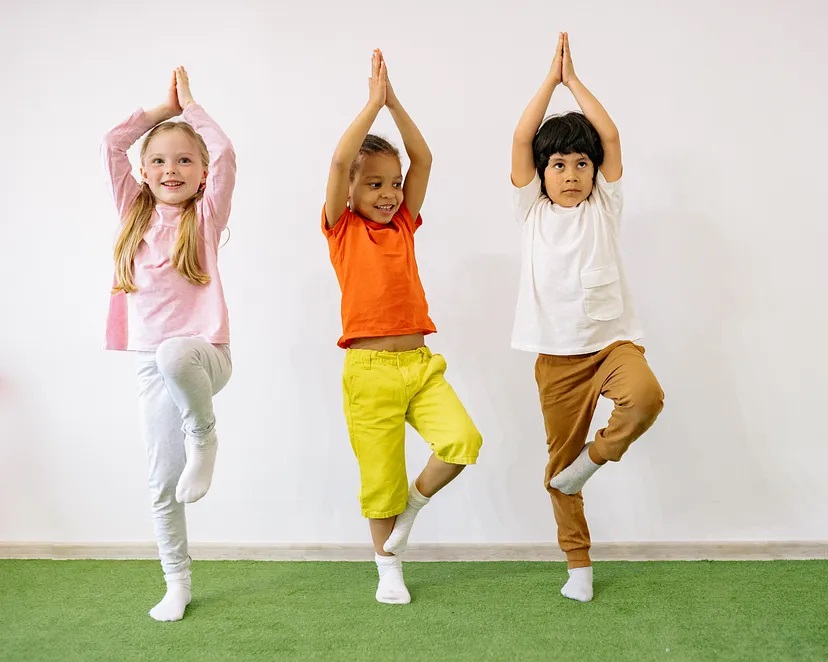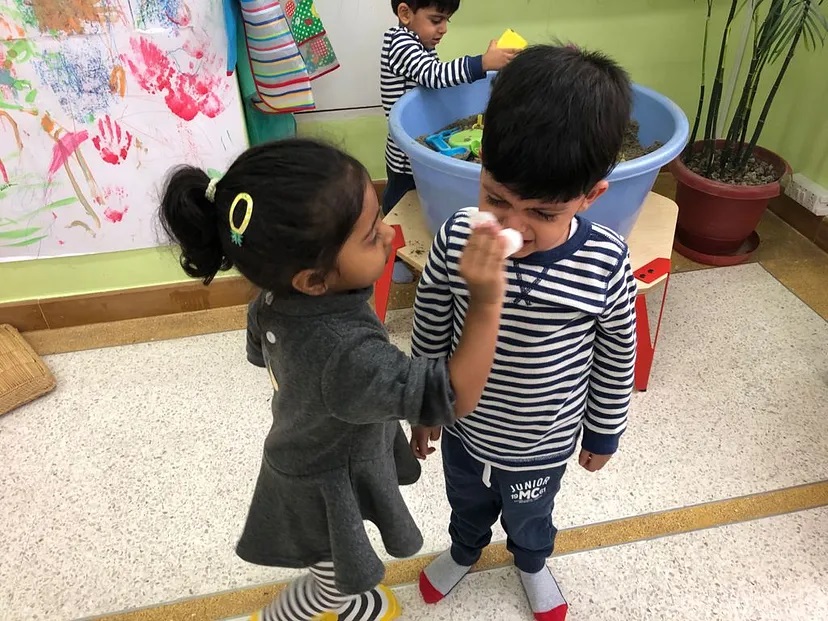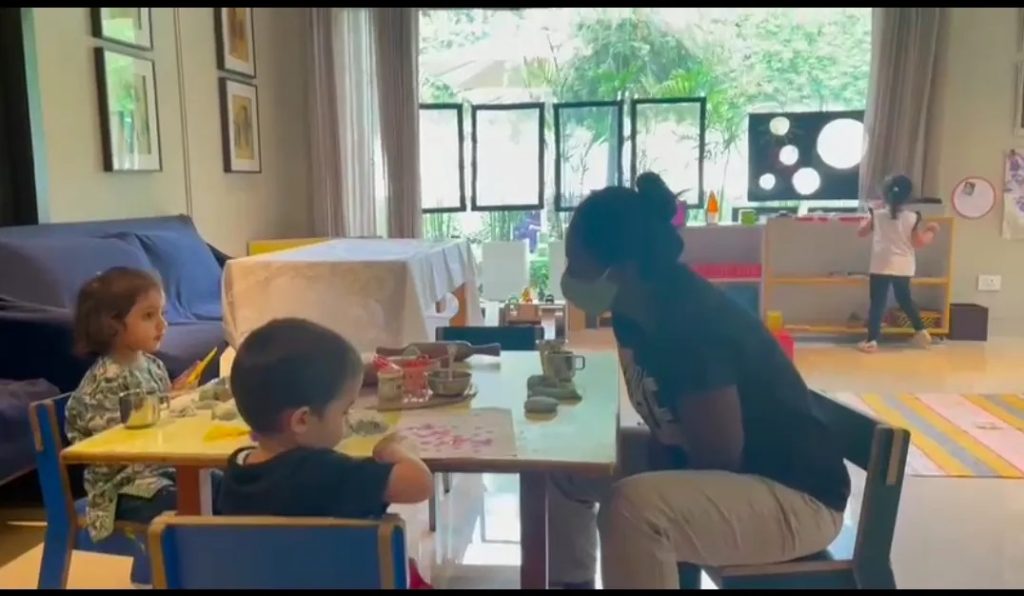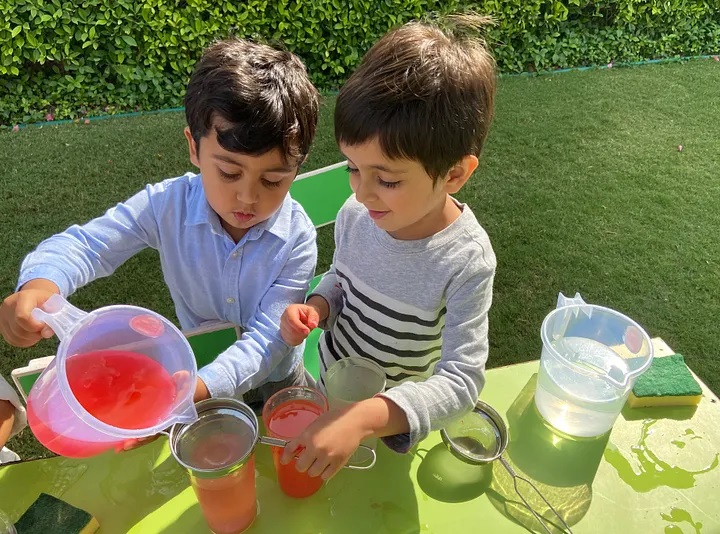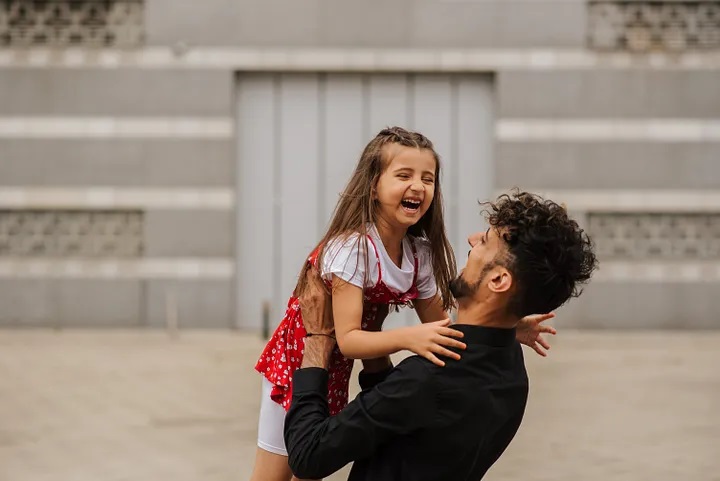Blog / Want Children to Learn? Give Them Brain Breaks- Learning Matters
Want Children to Learn? Give Them Brain Breaks- Learning Matters
Published July 13, 2025 |
Brain breaks — as the name suggests — are breaks for your brain. While it may be easy to decipher its meaning from the term, not many know the magic of brain breaks, especially when it comes to children.
How often do we, as adults, ask our children to focus and pay attention? But children even at age10 to 12 years cannot focus beyond 20 to 25 minutes.
In order to retain information and enjoy learning, they need mental breaks to help their brain reset and re-energise.
Dr Selena Kiser explains,
Brain breaks get students moving and allow blood and oxygen to flow to the brain. These breaks allow students a small reset in the day and enhance energy and relaxation.
As an educator, I can attest to the benefits of brain breaks, which include better comprehension, increased energy, better imagination and creativity, and increased attention span.
In our School Success Program at Learning Matters, giving children brain breaks is a common practice.
Today, with students studying increasingly at home and sadly, with even three-year-olds expected to “sit” for online classes, brain breaks are needed in their schedules in order to gain the most from learning and to avoid burnout.There are many types of brain breaks, and I highlight some here. They can range from physical activities to deep breathing but when included in a child’s routine, take only 5–10 minutes and can give wondrous results. Here are some of them:
Sizzle and Pop:
A highly effective and fun brain break that we use at Learning Matters is sizzle and pop.
Instead of asking children to raise their hands if they want to answer a question, I ask children to pretend that like popcorn, they will sizzle and pop!
They need to make a sizzling sound (zzzzz) and pop out of their chairs to share their answer.
This technique, in fact, does not require a break from teaching or learning; rather is an innovative and simple way to engage with children.
I have seen, first hand, the enthusiasm and energy this brain break brings out in students.
Any Physical Activity:
This is an age-old brain break with proven results.
You might also remember from your school days being asked to stand up, stretch, shake your hands and then resume studying.
Physical activity is well-known to stimulate the brain. Research shows that learning does not happen neck upwards only and the whole body needs to be engaged for optimal learning.
Physical movement breaks can be done in groups to add the element of team spirit and fun or with an individual child.
Students can pair up and be asked to do an activity each or coordinate their activities such as clapping opposite hands or doing jumping jacks while high-fiving each other.
This can build camaraderie similar to team sports and make the brain break more enjoyable.
Music and Movement:
A brain break in motion at Learning Matters. (Image from Learning Matters)
Music is another commonly used brain break since it can energise and when combined with a physical move, can be highly effective in rebooting the brain.Another fun way to incorporate music into the classroom or at home while learning is by playing action songs.
Start and stop songs where children need to freeze. When the music stops, allow for self-regulation and strengthening of listening skills while giving a break to the brain.
Focused Activities:
A brain break can include focused activity. (Image by Yan Krukov from Pexels)
Since one of the advantages of brain breaks is increased attention span, multiple focused activities also count as mental breaks.These can range from practising deep breathing, watching an ice cube melt, standing in a “tree” pose with one foot placed vertically on the opposite inner thigh, tracing one’s hand etc.
These activities require the participants to shift their focus to the activity at hand and observe. These can ideally be practised with children above the age of five.
A 5–8 Minute Break:
An easy one, this type of brain break requires little effort on the part of the educator or parent.
At times, simply letting children be can be refreshing as they don’t feel restricted by rules.
Allowing them to chat or get up and take a walk in the classroom or outside in the garden is enough to fuel the brain.
Conclusion:
While these are some categories of brain breaks, there isn’t a limit to how many innovative breaks can be planned for children.
The point to note is that brain breaks are usually short (up to 10 minutes) and must be planned in advance to give children an activity to look forward to.
I make it a point to divide each of my classes into 15-minute segments with a brain break in between them. It definitely keeps children engaged, excited and eager to learn.


